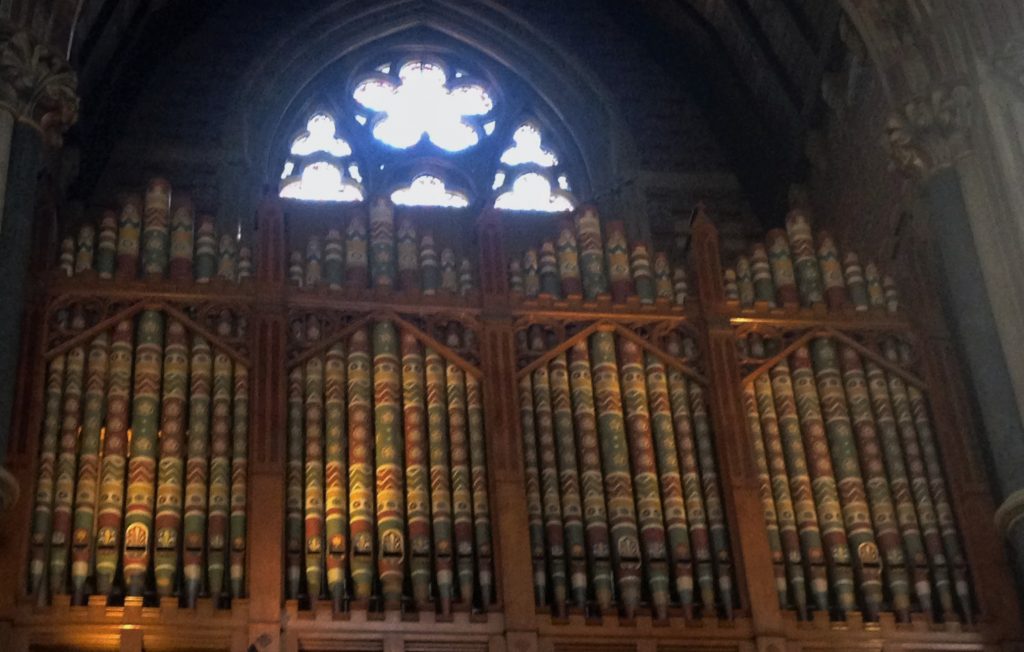Nico Muhly’s essay in the New York Times is part book review, of O Sing Unto the Lord, by Andrew Gant, and part song of praise for choral music in the English cathedral tradition.
We have reported on the resurgence of Choral Evensong in churches across the Communion; Muhly agrees that while a new wave of interest in the music of Evensong is welcome, its primary vocation is worship.
English choral music was originally meant for worship and would be heard in a state of quiet meditation. …Nobody is meant to clap, and the music is not presented to an audience for approval; rather, it is meant to guide the mind out of the building into unseen heights and depths. It was not originally intended to happen at 7:30 at night for the pleasure of an audience coming from work, with just enough time for a rushed Chablis before the warning gong goes off …
On the other hand, he says, some of the large choral works might not find their place in modern worship settings; if they are to be heard, it will be through performance and recording, rather than through the experience of worship.
Muhly descries the difference between sitting to receive the music in concert, and standing for the anthems of Evensong in St Paul’s Cathedral: “You’d be amazed how the body perceives musical detail when standing up.”
It seems that the tide of interest in and affection for sacred choral music is still rising. The question seems to have become whether it will continue to serve its original purpose, to lift the prayers of the people heavenward, or whether it will turn in on itself, singing praise the composer and the singers, and the ears of the human audience, in place of the divine.
Nico Muhly wrote in the New York Times about Andrew Gant’s, O Sing Unto the Lord: A History of English Church Music (University of Chicago Press).

